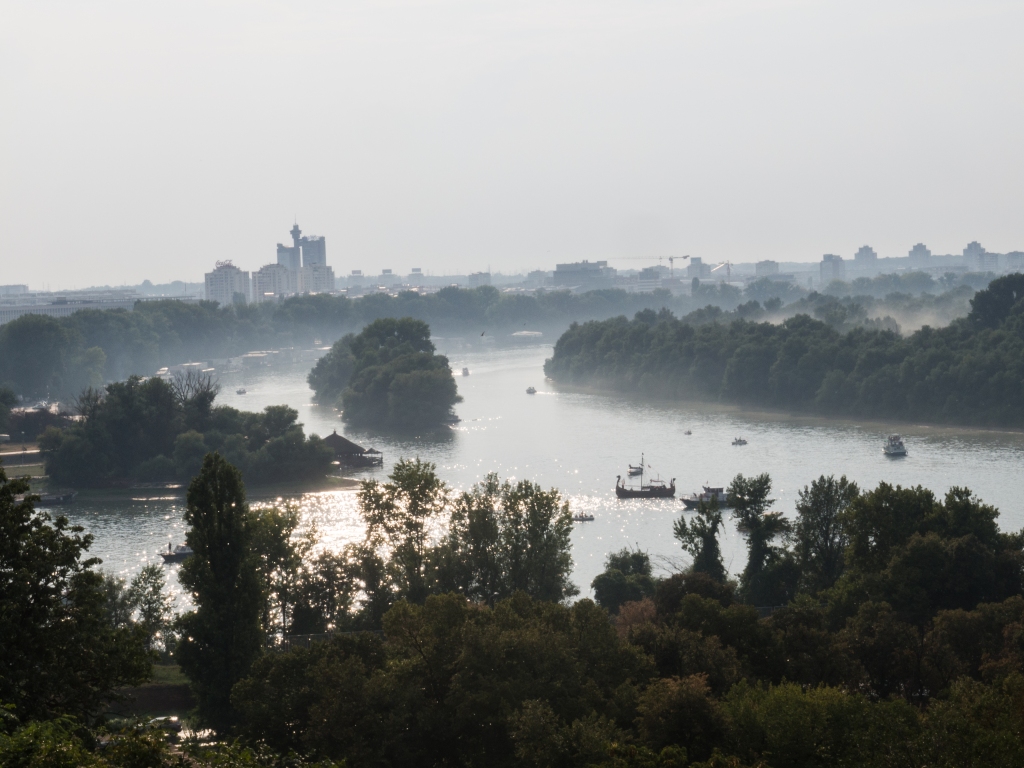
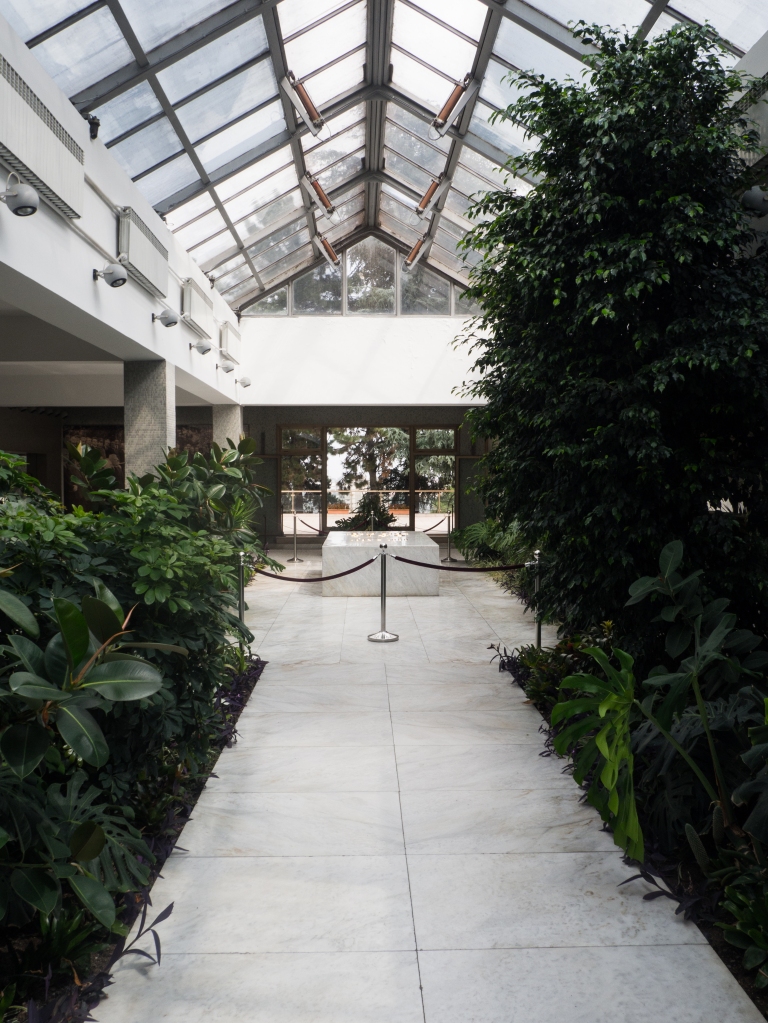
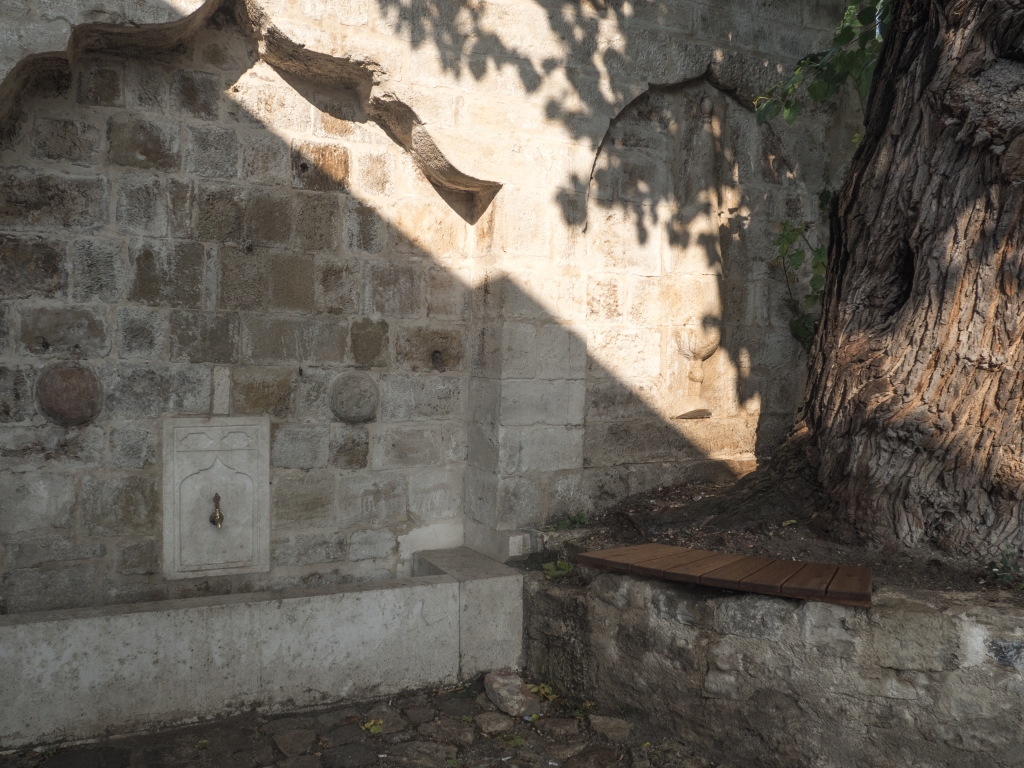
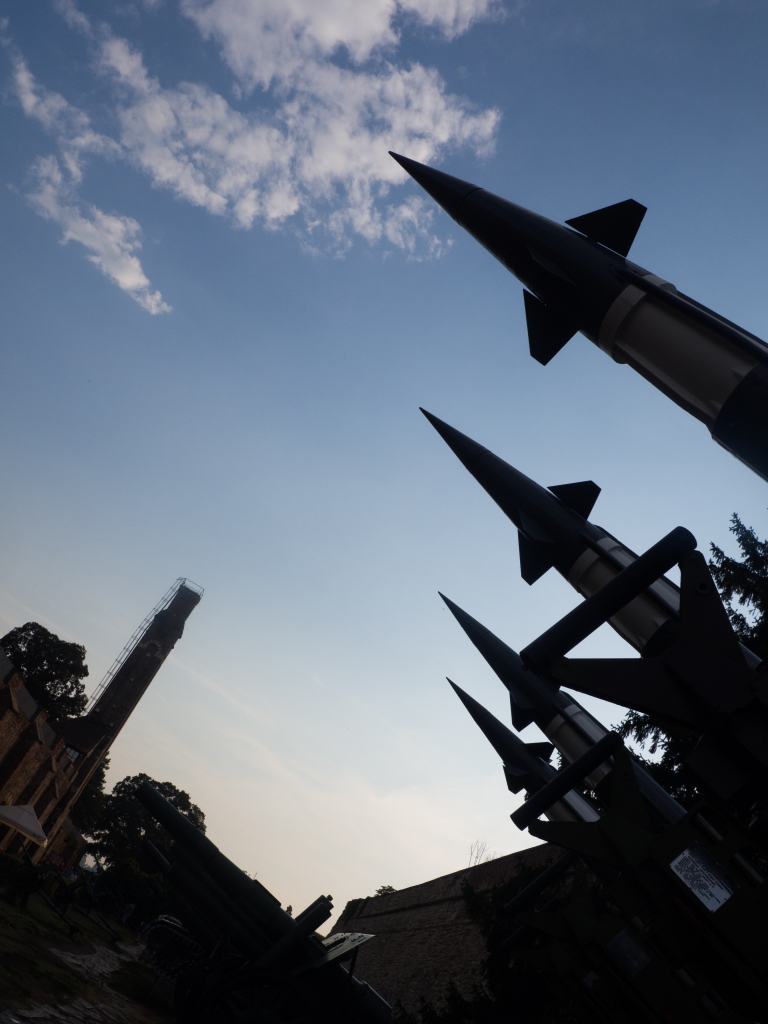
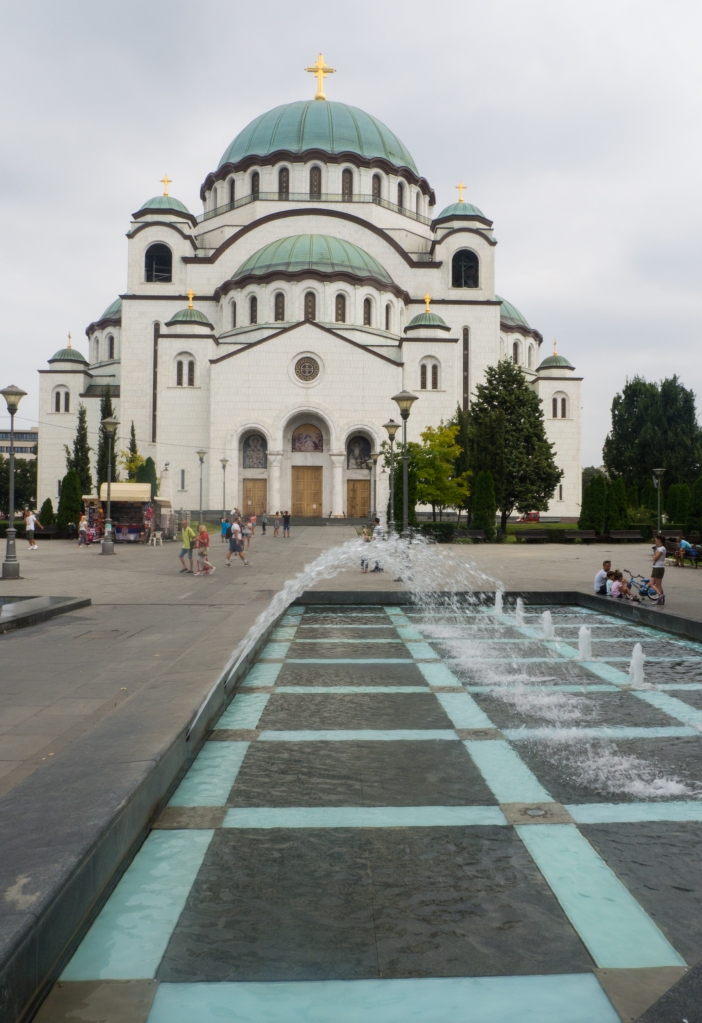
As the name says – images, both artistic and documentary. The stuff that I do.





Von 12. bis zum 27. August findet in Wien im West46 eine mehrwöchige Ausstellung namens Terranigma statt. Wir zeigen Fotografie und Dokumentarfilme aus Indien und Marokko. Daneben gibt es auch Abende mit Erzählungen und Tanz – wir kombinieren die zwei uralten Formen und geben ihnen einen modernen Touch.
West46 findet man in der Westbahnstrasse 46, 1070 Wien. Die Ausstellung ist jeden Tag von 16 – 19 Uhr geöffnet und der Eintritt ist frei.
Links:
I don’t really see a huge divide in photography between digital and analog photography. No reason why somebody who practices one should not practice the other. There are some obvious advantages and drawbacks to either format…ideally I would hope a reconciliation of sorts, that people use both side by side in situations when using one format over the other is advantageous.
For that, of course, the market would have to shift quite significantly – or rather, people would have to think differently about photography. In the following paragraphs I’ll just jog through a few situations where I think one format is better to use than the other, in the hope of reaching some sort of personal clarity.
Photography for online use (websites, online publications etc.)
This is the prevalent use for commercial photography and here it is quite obviously necessary to use digital format. It reduces working time for both actual photography and post-processing and quite simply transfers the images where they are supposed to be. This is where tweaks can be made, where images can be processed for better or for worse – it’s a playground where there are many tools and very little practical limitations. It also requires the least amount of skill and pure knowledge. It’s time saving, non-intensive photography. Results can be great, but someone who has working knowledge of digital photography only stands on somewhat shaky ground as far as photography as an existential raison d’etre is concerned.
It’s photography for the professional amateur who is also a designer, advertiser, programmer, experimental artist and gods know what.
It’s also photography for journalistic photographers who only work for online media.
If you want to work as an active photographer it is almost unavoidable to have a considerable amount of knowledge of digital photography and post-processing (that said, you can always position yourself in a market niche where you only offer analog photography).
You will be faced with a hundred factors that limit your time, most of them pointless to the work at hand, but leaving you very little time for the actual work. Speed is an advantage here, so digital is probably unavoidable if you are operating in a competitive environment.
Amateur photography
I find it hard to decide whether increased digital options and a larger range of equipment has brought any actual advantages to casual photographers…to say they save time that they would need to devote to a hobby is not exactly an endorsement. Basics are easier to learn and results are more readily visible, but the overall visual skill that is required and that would develop has rapidly declined or has specialized to see as you would see on the screen.
As far as general use is concerned, digital photography has altered (some may say destroyed) the photography market unalterably. Equipment is slowly catching up to high standard analog quality, but the lack of printing options and colour management that were provided by different film stock and printing techniques cannot be adequately replaced. Digital photography is a commodity, in the truest sense of the word, but is it actually beneficial to casual photographers or to photography in general?
I would recommend that amateur photographers learn to use traditional photography techniques and spend at least some time in darkrooms, simply to develop not only their pictures but their visual skill. Here, of course, one has to consider the question of resources – it’s more expensive, but if more people were to demand it, there could be more places that serve as shared darkrooms with shared equipment.
Snapshots
You want to take pictures of your family gathering? Your day out? Selfies? Etc? Memories with no artistic consideration? Get a smart phone with a good lens, enough megapixels to brag about and forget about more expensive cameras. It’s money you don’t need to spend and you help the market shrink a bit.
Photography which is going to be printed
Unless there are limiting conditions concerning time of delivery and changeability of the images, it’s probably beneficial to treat image-making, post-processing and printing as three entirely separate stages. To use separate tools helps create this sense of separation without the mediatory effect of the computer.
Generally an image requires a certain remove to exist…if you constantly check whether something is right it’s a slightly compulsive and obsessive behavior that is in the way of actual reflection. Being able to constantly check is good for product photography or advertising, but that is not all that photography is or is meant to be.
If you want to print your photographs I assume that you want to spend a considerable amount of time, energy and imagination to make them good and worthwhile. This means allowing time for reflection, careful image-making, considered rather than automated choice of post-processing and choice of paper, printing appliances and all the minor and major adjustments along the way.
This is time-consuming and requires skill and experience. Digital photography does not provide any short cuts in this area and analog offers more options and rewards to an experienced photographer.
That being said the high end range of digital equipment provides a wealth of options and post processing has advanced considerably…still, the overall psychological impact of an image is higher if you see it as an actual rather than a virtual object. It is a representation of something actual to begin with and so stands at a remove from the very start. To remove it twice is akin to making a copy of a copy, but that is a very subtle difference that might not even register with many people.
I find arguments for both side and of course digital and analog should exist side by side. The market will ultimately decide the direction photography moves in, but the market is composed of our own individual choices.
Personally I enjoy shooting with analog cameras and love the thrill of discovery and not knowing exactly what you will get, but concerning paid work I will continue to use digital, simply because it is easier to satisfy the demands of the people you work for and because almost the entire professional machinery is set up for digital over analog.
Eine Bildanalyse ist interessant und wichtig für Fotografien, weil man feststellt, wie viele Elemente ein gutes Bild hat und wie wenige davon man bewusst wahrnimmt. Je mehr man beginnt über solche, augenscheinlich unwichtige, Details nachzudenken, dest stärker fließen diese Fragen und Möglichkeiten ins eigene Denken und Schaffen ein.
Bei einer Bildanalyse stellt man sich immer zuerst einmal die Frage: Was macht die Wirksamkeit des Bildes aus?
Was ist das Gefühl? Eine skurrile Form des Alltages? Gegensätzlichkeit? Unsicherheit? Gleichgültigkeit? Humor? Verspieltheit? Gefahr?
Es schwingen hier eine Vielzahl von Gefühlen und Eindrücken mit.
Der visuelle Aufbau und die Komposition des Bildes ist exzellent. Vordergrund, Mittelgrund und Hintergrund sind klar definiert, überschneiden sich teilweise sogar, und tragen alle auf ihre Art zur Geschichte des gesamten Bildes bei.
Der Vordergrund und das dominante visuelle Element sind die Beine der beiden Jungen, die vom Panzerrohr baumeln. Sie wirken ominös und verspielt. Die Kampfhandlungen sind vorbei, aber der Panzer ist immer noch hier. Man kann darauf spielen, aber er könnte jederzeit wieder losfeuern.
Die Frau in der Sonne stellt den Mittelgrund dar und verankert das Bild. Wir versetzen und am Ehesten in ihre Rolle, weil wir ihr Gesicht sehen können. Sie wirkt zugänglich. Der Schatten des Panzerrohrs und der Beine fällt auf sie – das dient zum einen als ein interessantes visuelles Element, das Vordergrund und Mittelgrund miteinander verbindet, ist aber auch Teil der ominösen visuellen Sprache. Der Panzer – Zerstörung – ist in ihre Welt eingedrungen, wirft buchstäblich Finsternis auf sie.
Der Hintergrund ist wieder zweideutig. Die Menschen auf den Rädern und zu Fuß scheinen ihrem Leben nachzugehen, ganz ohne Drama und Spannung, aber die Häuser hinter ihnen sind Ruinen, komplett zerstört.
Alles kommt wieder zusammen in einer sehr bedrückenden Balance.
Nachtweys Absicht ist eine klare Geschichte zu vermitteln. Klar in der visuellen Sprache, komplex in der emotionalen Reaktion.
Wo beginnt man wenn man ein Foto machen möchte?
Bei einem Gefühl, das man festhalten will.
Es geht nicht, im striktesten Sinn, um das abgebildete Objekt. Wenn es darum gehen würde, wäre es einfach zu sagen: beleuchte das so, beweg das Licht da rüber, mehr, weniger, aus. Schuss.
Viel mehr ist es ein Warten auf einen Moment, der klar macht, was man über einen Menschen, eine Situation, ein Gebäude etc. wahrnimmt. Das ist das Wichtigste. Fotografie ist ein Warten, ein Fragen, ein Suchen.
Ob man jetzt Lampen, Blitzanlagen oder nur die Sonne als Beleuchtung hat, es geht immer nur darum alle Element herumzubewegen – sich selbst und die Kamera inklusive – um eine Ausrichtung oder einen Moment zu finden, zu entdecken.
Es ist nur halb ein Schaffen. Wenn man meint, man kann alle Elemente unter Kontrolle haben, täuscht man sich entweder oder man frustriert sich. Es ist ebensoviel Warten wie Schaffen. Ebensoviel Zufall wie Kontrolle.
Um ein besserer Fotograf zu sein, muss man deswegen seine Aufmerksamkeit schärfen. Es gibt nur lose definierte Regeln und die kommen meistens nach getaner Arbeit…das heißt, man macht Aufnahmen, sieht dann einige davon funktionieren und daraus zieht man dann Regeln warum und warum nicht.
Wenn man über die Dinge und Menschen, die man fotografiert Bescheid weiß, dann fällt es einem vielleicht leichter bessere Bilder zu machen. Vielleicht aber auch wenn man gar nichts weiß, so tut als wäre man ein kleines Kind, das zum ersten Mal Licht entdeckt.
Skizzieren hilft, Meditieren hilft, Designen hilft. Alles, was den inneren Blick schärft.
Im Endeffekt geht es aber immer um das Gefühl, das man festhalten will. Je klarer das ist, desto besser wird das Bild. Keine Angst davor zu haben, Dinge und Menschen aufmerksam zu betrachten, Abläufe zu erkennen, darauf zu schauen wie das Licht fließt, kommt und geht. All das unterstützt einen dabei, das Bild zu finden nach dem man sucht.
Details kommen später, zuerst kommt einmal dieses ideale Bild.
Welcome to our mysterious home – I would like to introduce all of you to a project of mine. This is an introduction, but also an attempt to raise funds, so if you are allergic to such requests, stop reading right now 😉
Terranigma (terra = earth, enigma = riddle, terranigma – the earth as an eternal riddle) is a project that I conceived of in 2013, inspired by a preceding visit to the Himalaya region of Spiti in Northwestern India and by conversations and work with fellow travellers, photographers and filmmakers. My goal is to create a platform to preserve and document some of the most remote, strange and culturally valuable places and traditions on our planet through photography and writing.
After seeing ancient monasteries and thousand year old traditions in the valleys of the High Himalaya I came to realize that much of this wealth might be – and probably will be gone from the face of the earth forever in five to ten years time.
The world changes at a breakneck pace. Change, as a matter of fact, is the only thing that is constant in our existence. I want to record and show the world in the way I percieve it while I am travelling: as a deeply fascinating, fragile place full of mysteries and riddles, full of life, of traditions and also of change.
Do you consider such a project worthwhile? If you do, I am asking you to seriously consider supporting it. I aim to create a platform for various photographers and independent documentary filmmakers to collect knowledge of disappearing things. This must – out of necessity – start with my own photography.
This is what I am asking you: If you think it worthwhile, go to my website (http://www.sebastianbuchner.weebly.com/terranigma.html) and have a look at the PDF file. I am offering all of these images for sale in various formats, from very large to very small, from expensive to really cheap.
All money raised this way goes directly into funding further travels and to help create an online platform for photography, documentary film and independent cultural or anthropological reporting. I don’t expect this will be easy or that anything at all will happen without a serious amount of work – I am thankful for anyone who takes enough time to look at it and perhaps is willing to share it as well.
Thank you,
Sebastian Buchner.
OpenArt ist der Versuch von mir, Sebastian Buchner, und meiner Mutter, Christine Buchner, Kunst, Kreativität und Reisen miteinander zu verbinden. Wir bieten seit 2010 Workshops in Fotografie und Malerei an den unterschiedlichsten Plätzen der Welt an. Bisher haben wir Workshops in Europa, Afrika und Asien geplant und durchgeführt.
Dazu mieten wir gemeinsam mit einer bewusst klein gehaltenen Gruppe eine Basis, ein Haus oder ein Riad oder ein großes Apartment oder eine Villa, in der wir genug Platz haben diese Workshops durchzuführen und das in einer Umgebung steht, die uns reichhaltige Motive für die künstlerische Tätigkeit liefert.
Wir arbeiten beide als Künstler und Kursleiter – ich habe zusätzlich mehrjährige Erfahrung als Reiseleiter, die mir hier bei Organisation und Durchführung der Workshops sehr zugute kommt – und möchten unsere Philosophie des Reisens mit offenen Augen mit diesen Workshops vermitteln. Nach Möglichkeit versuchen wir in Kontakt mit regionalen und lokalen Künstlern zu treten und sie bitten, ihre Arbeit mit den Besuchern zu teilen.
Es ist zwar eine Gruppenreise, aber sie ist mit dem Geist einer Individualreise organisiert. Wir arbeiten nicht nach Fließband und liefern vorgefertigte Erfahrungen, sondern jede Reise ist einzigartig und wächst mit der Teilnahme der Mitreisenden. Unerwartetes, die eigentliche Essenz des Reisens, versuchen wir nicht zu vermeiden nur um zweifelhaften Komfort und steril-reibungslosen Ablauf zu bieten.
Programm sind unsere Workshops, die meistens halbtägig ablaufen. In manchen Fällen haben wir Ausflüge organisiert, aber wir achten immer darauf, dass es genug Freiraum für Improvisation gibt.
Mit 2014 freue ich mich sehr, dass wir zusätzlich zu Malerei und Fotografie auch Tanzworkshops anbieten können. Die werden geleitet von der wunderbaren Tänzerin Michaela Hamajova, die solo und als Teil des Tanzduos Nakari nationale und internationale Auftritte und mehrere Jahre Workshoperfahrung vorweisen kann. Sie tanzt in der faszinierenden Welt von Tribal Dance – eine Art des Tanzes in der uralte und moderne Einflüsse aus der ganzen Welt zusammenkommen und wo der Fokus auf individuellem Ausdruck, Improvisation und Kreativität liegt. Eine Bereicherung unseres Angebotes, das besser kaum in die Philosophie von OpenArt passen kann.
Das hier ist unsere Vorstellung der Philosophie, Idee und der Veranstalter. Wir arbeiten derzeit am Programm für 2014, das wir bald präsentieren können. Für interessierte, das verbleibende Programm von 2013 ist auf unserer Seite http://www.openart.or.at zu finden.
OpenArt is the attempt of myself, Sebastian Buchner, and my mother, Christine Buchner to bridge creativity, art and travel, the fundaments of our lives. OpenArt offers painting and photography workshops all around the world, allowing people to experience foreign cultures through art and develop their own creativity. We started this program in 2010 and have so far offered courses in Europe, Africa and Asia.
Our basic setup goes like this: We rent a place that serves as our headquarters. This can be a loft, a villa, a riad or an alternative style homestead. From these headquarters, where there is ample space to conduct the workshops, cook our own meals if desired and to have some space of one’s own as well as the comfort of the group, we explore the surroundings, looking for ideal motifs to sketch or places and people to photograph.
Both of us have experience working as artists and conducting workshops – in addition I have been working as a tour guide for several years and can benefit from this experience while I organize the workshops and scout for new locations. Our philosophy is all about traveling with open eyes, an open mind and an open heart. Whenever we have the possibility we try to work with local artists and encourage them to show us their work and methods.
We are traveling with a group, yes, but we do our best to organize the workshops in the spirit of individual traveling. This is not a factory-made, all-expenses-paid, resort-and-animator style workshop, but a communal and cultural and above all creative experience. It requires participation, but it also rewards it. Additionally we do not try to eliminate the Unexpected – a staple of every journey – but we try to embrace it.
The program consists of our workshops. These usually take up half the day. Some days we organize excursions or meetings, but there is always enough room for improvisation.
From 2014 (and hopefully onward) I am very happy to introduce a new aspect of OpenArt. Dance workshops. Those are led by the wonderful dancer and teacher Michaela Hamajova. She has been dancing nationally and internationally as a solo dancer and as member of the duo Nakari and has been teaching workshops for several years. Her style of dance is Tribal, an eclectic mix of ancient and modern traditions that emphasizes personal creativity, individual expression and improvisation. I couldn’t imagine a better fit for OpenArt’s philosophy.
This is simply our introduction – we hope we have presented the philosophy and idea behind OpenArt in a convincing manner. Currently we are working on our program for 2014. For anyone who is interested in the current program, may I refer you to our website: http://www.openart.or.at